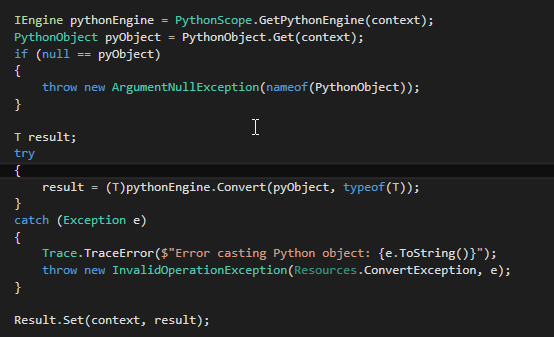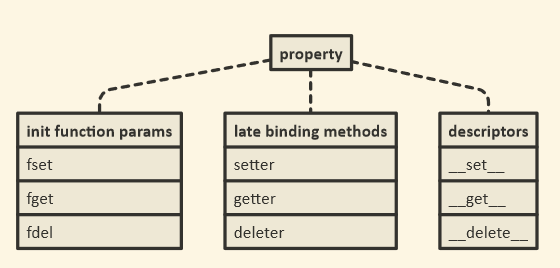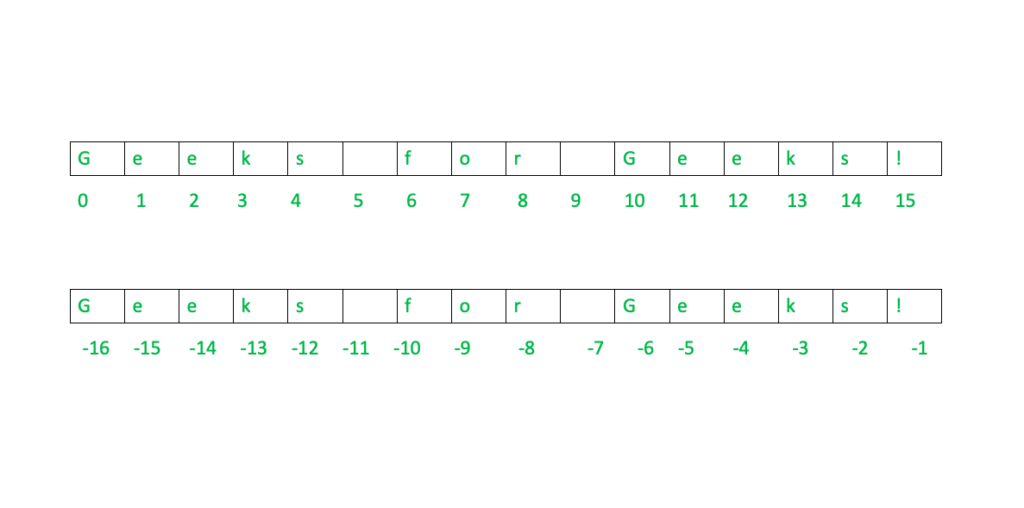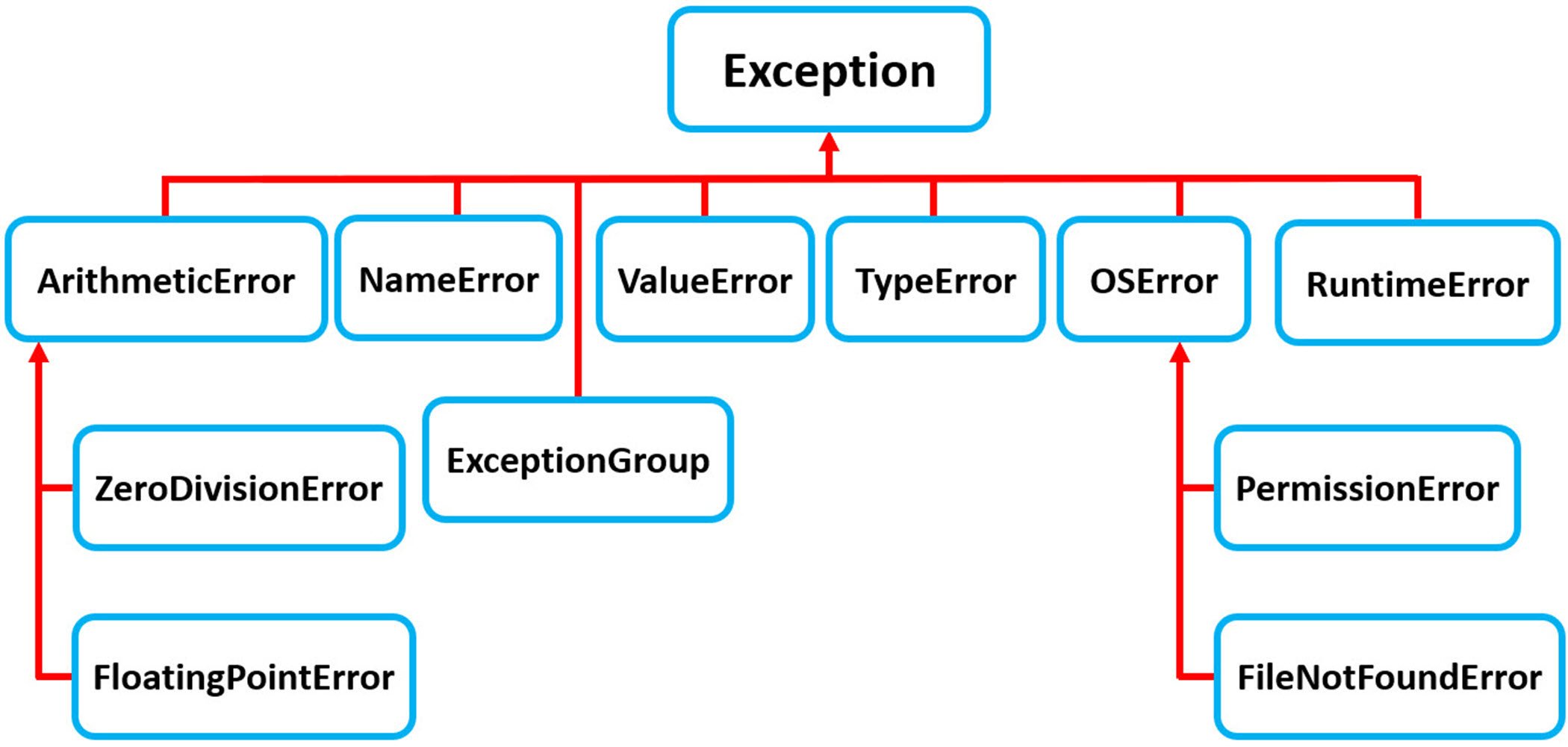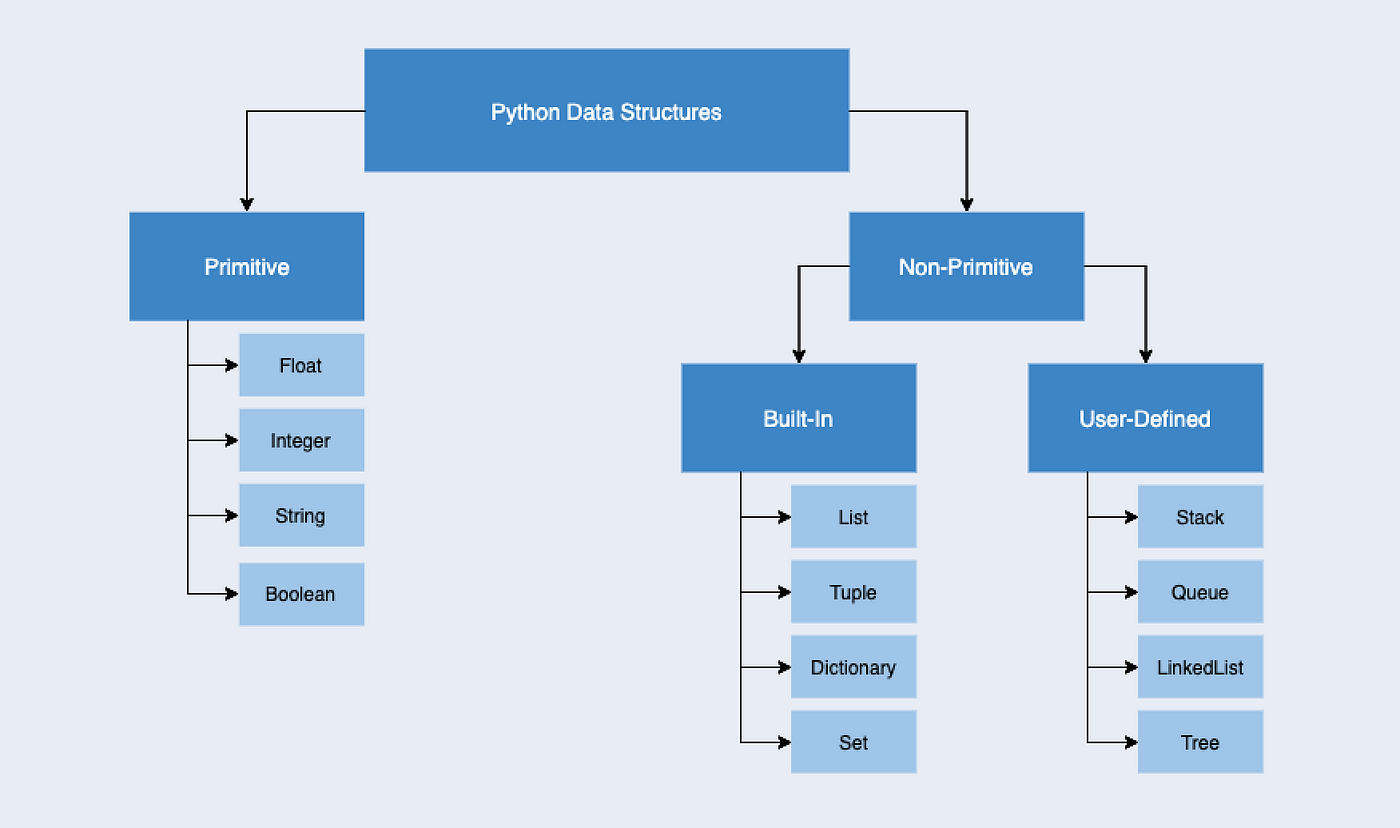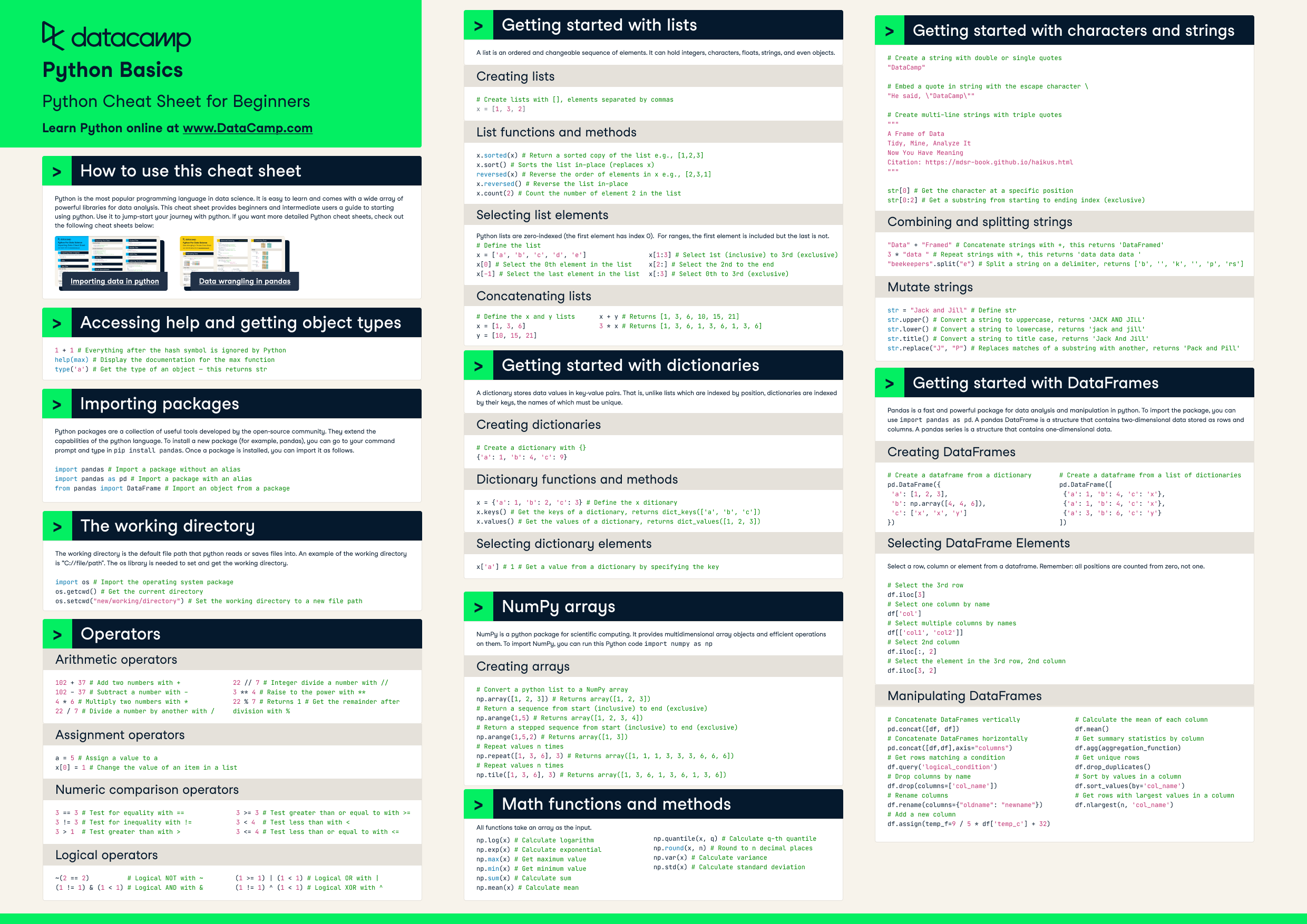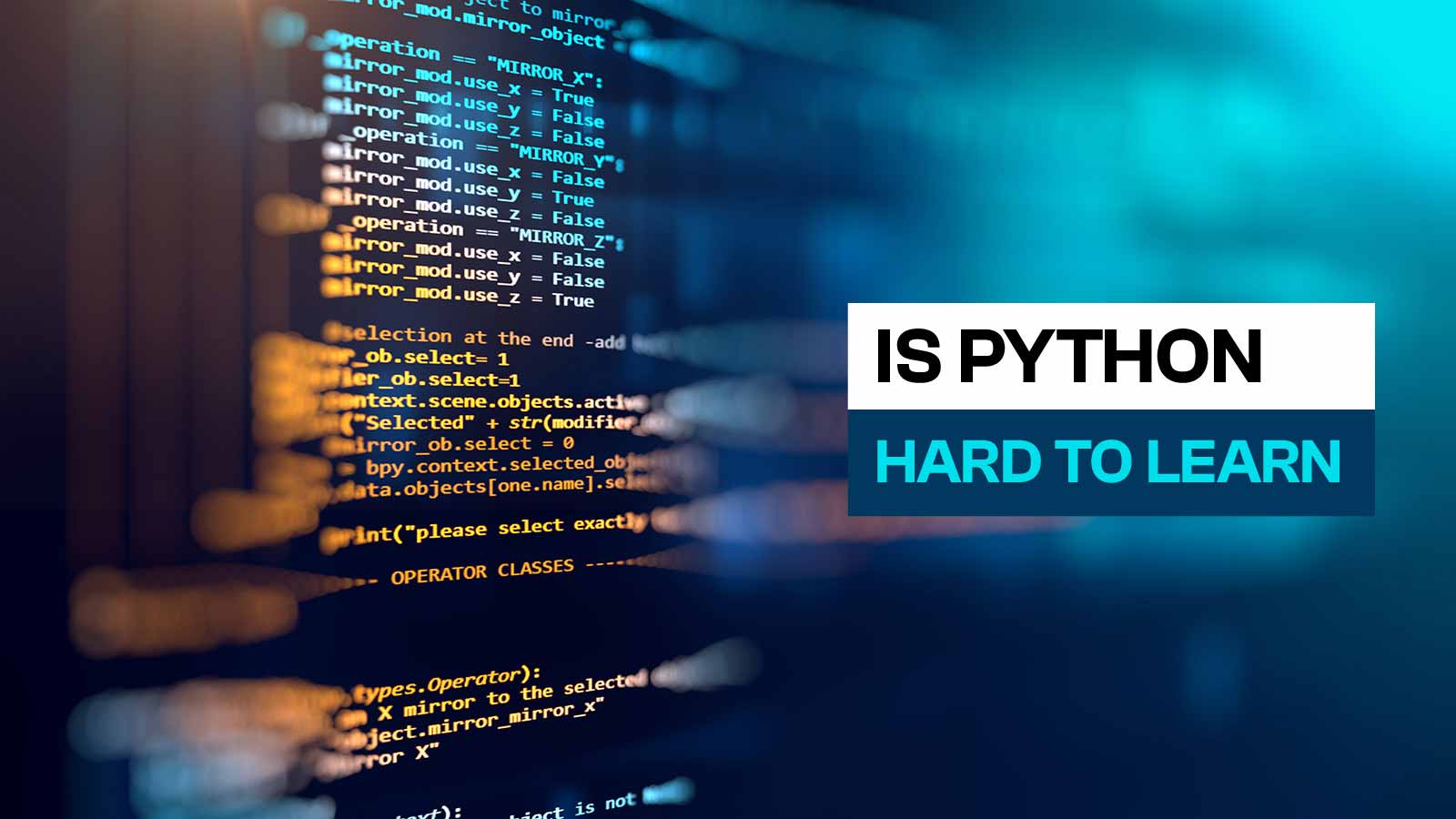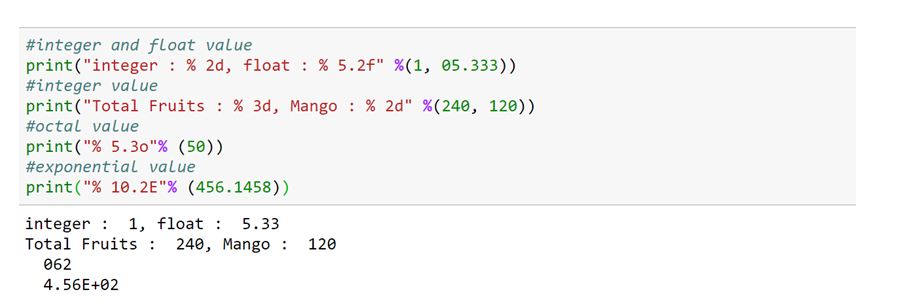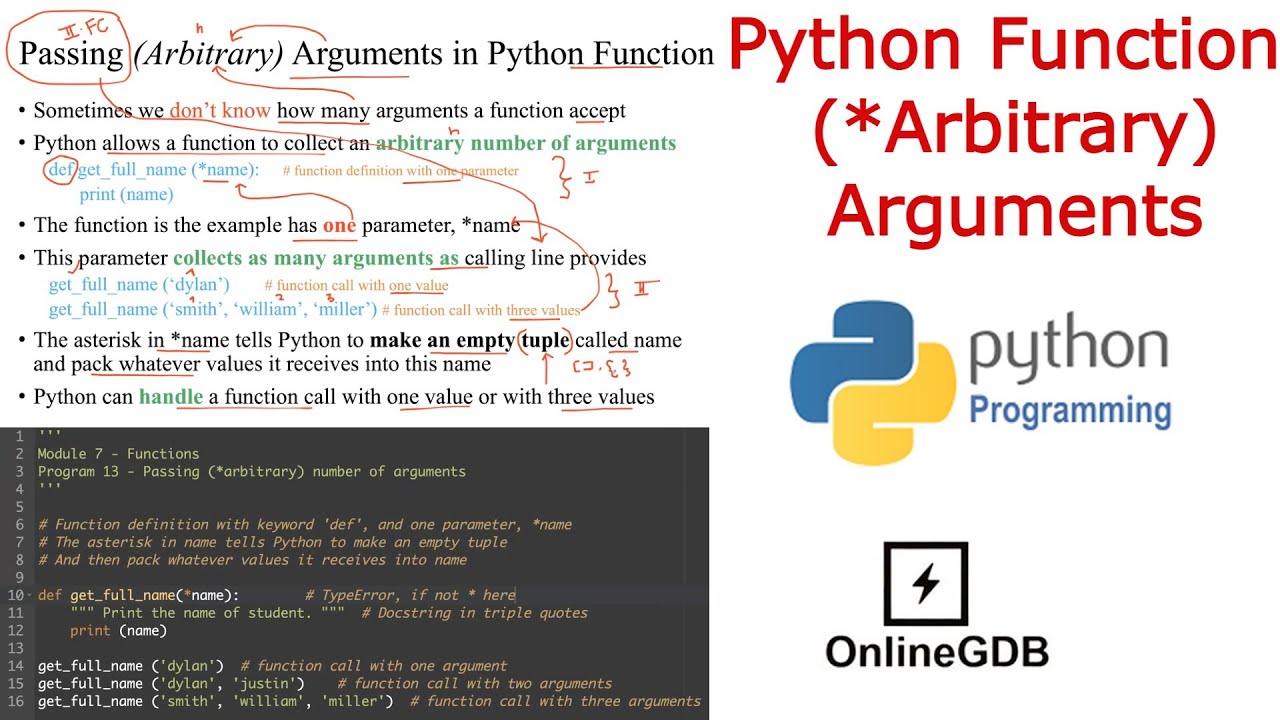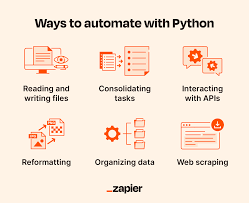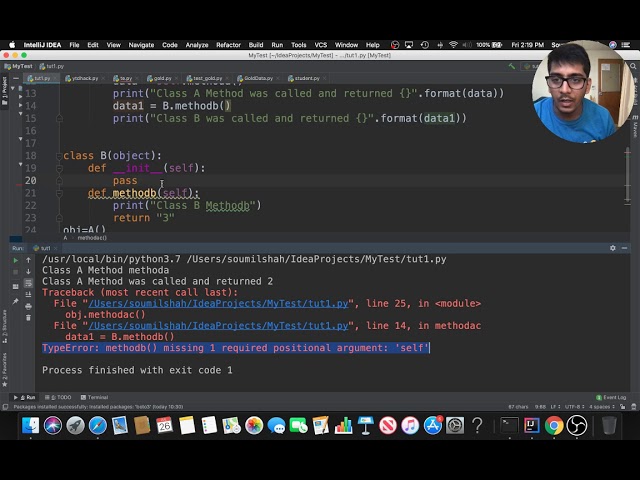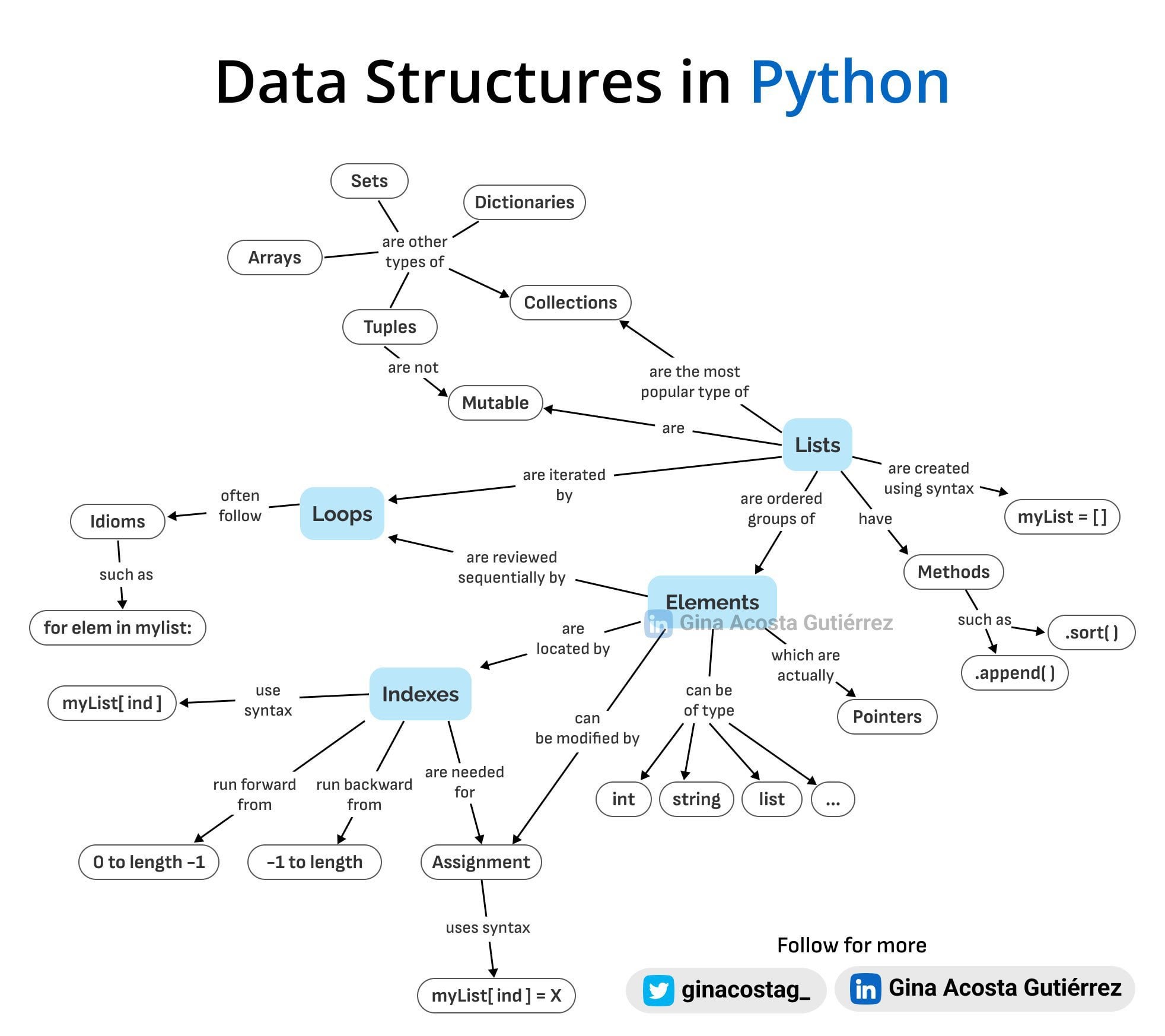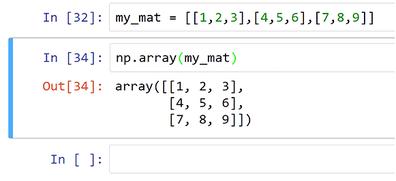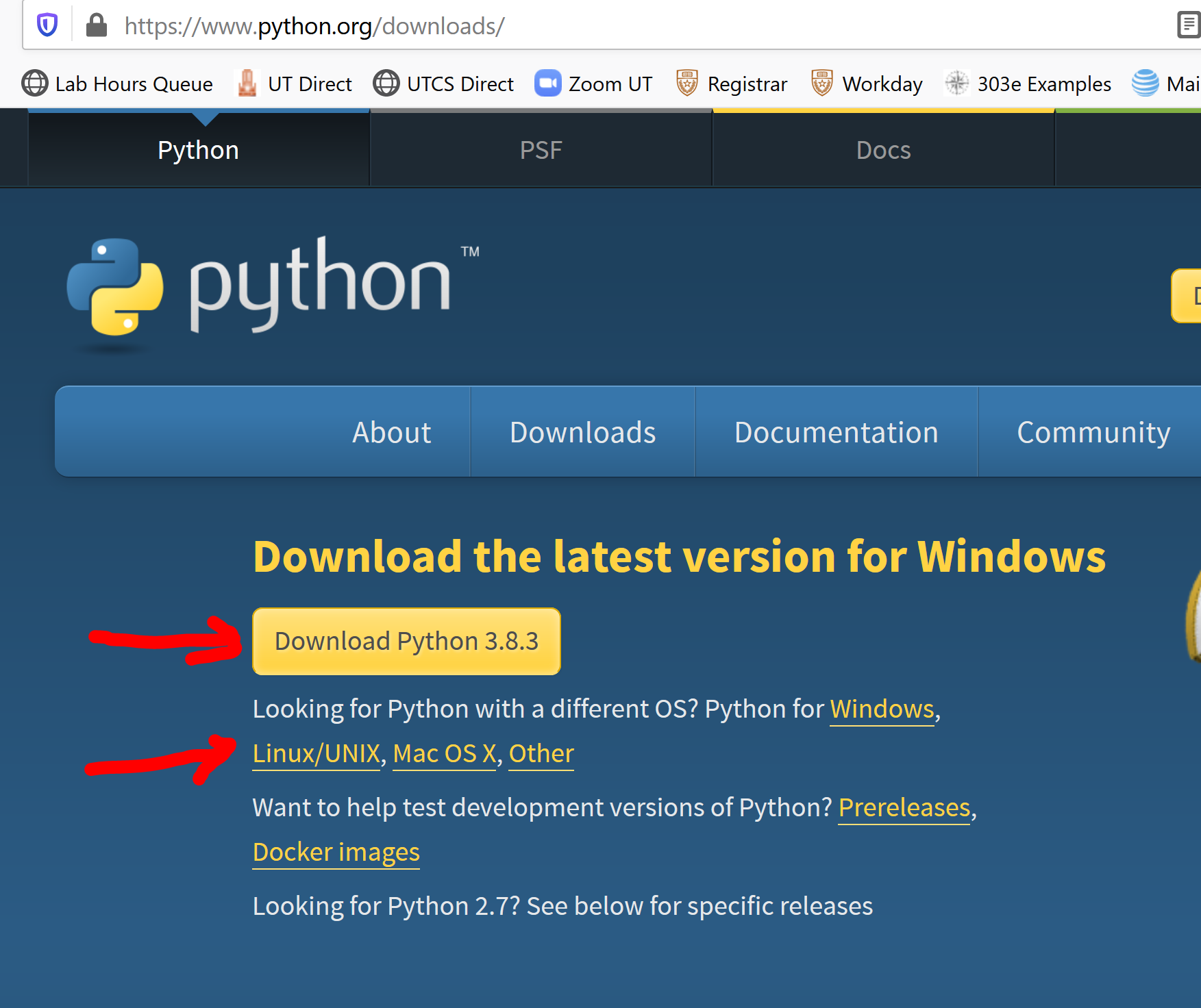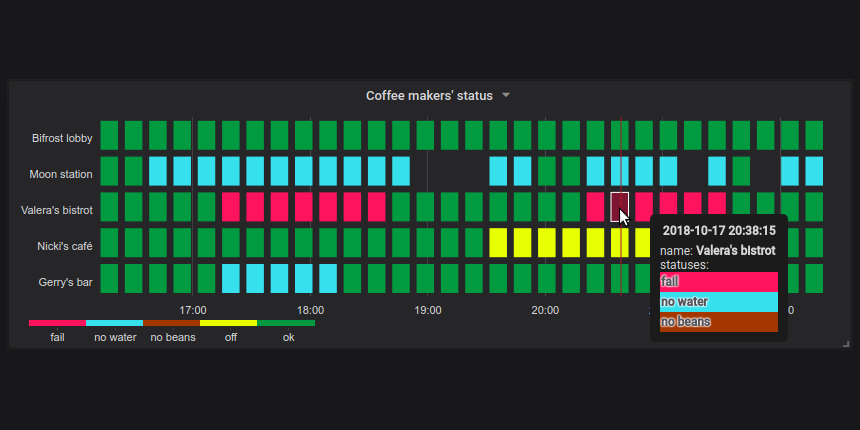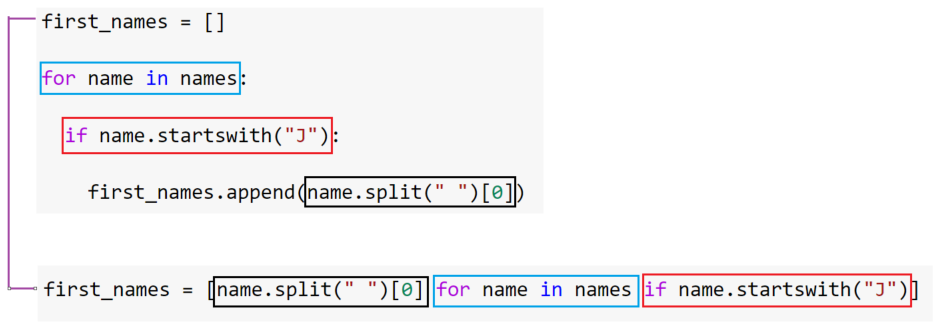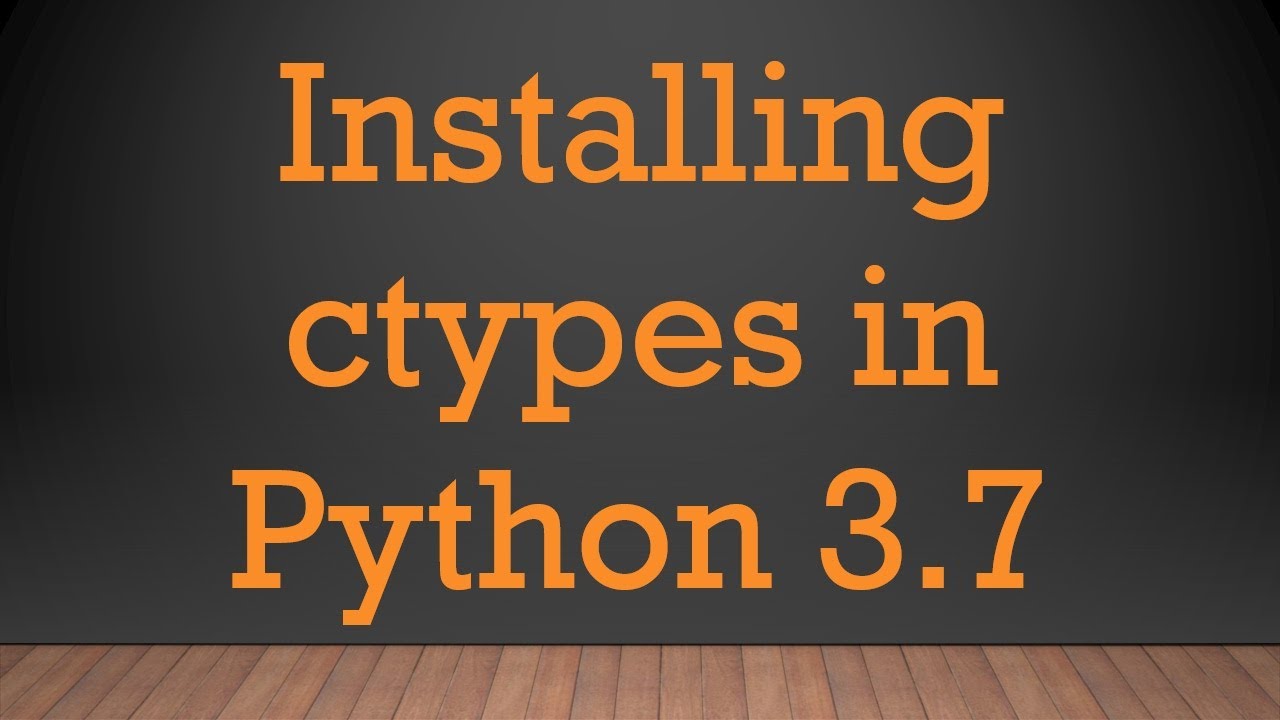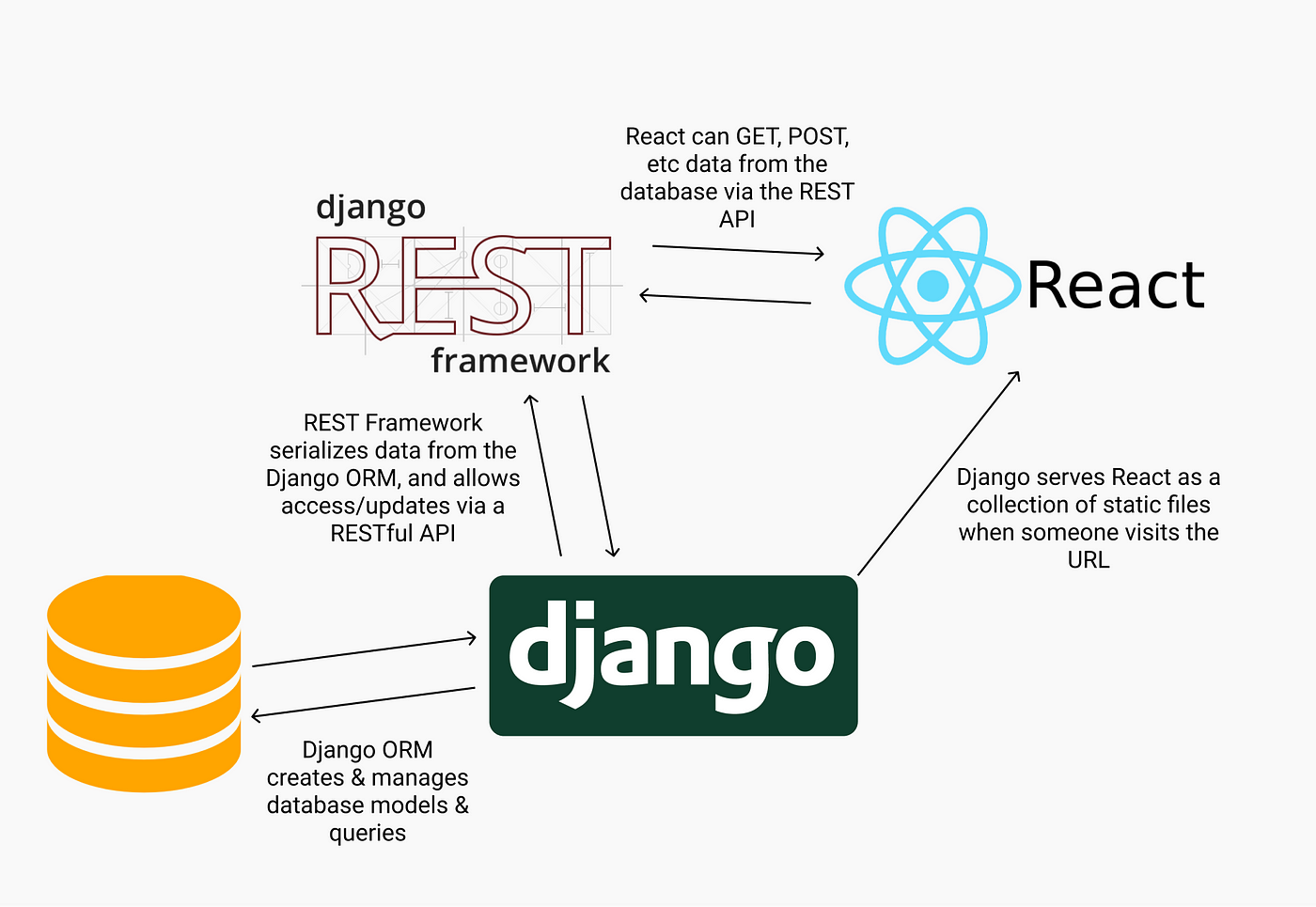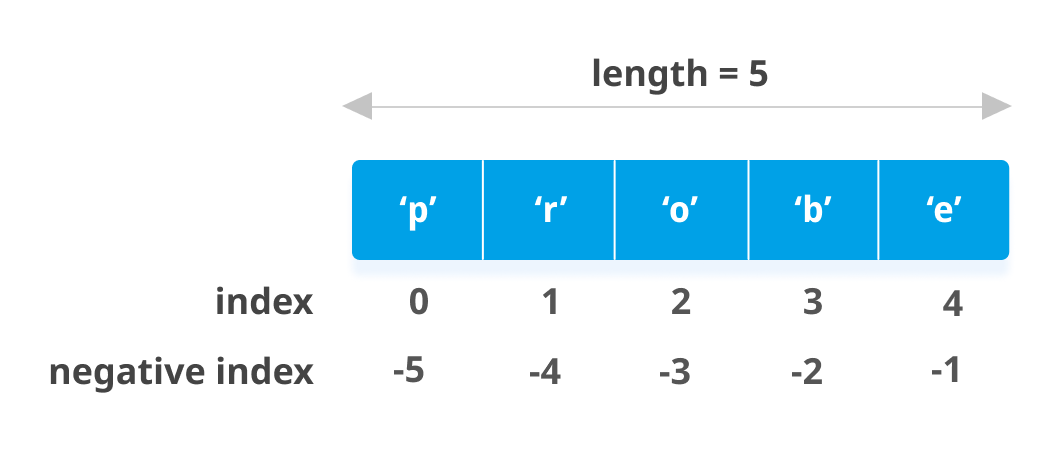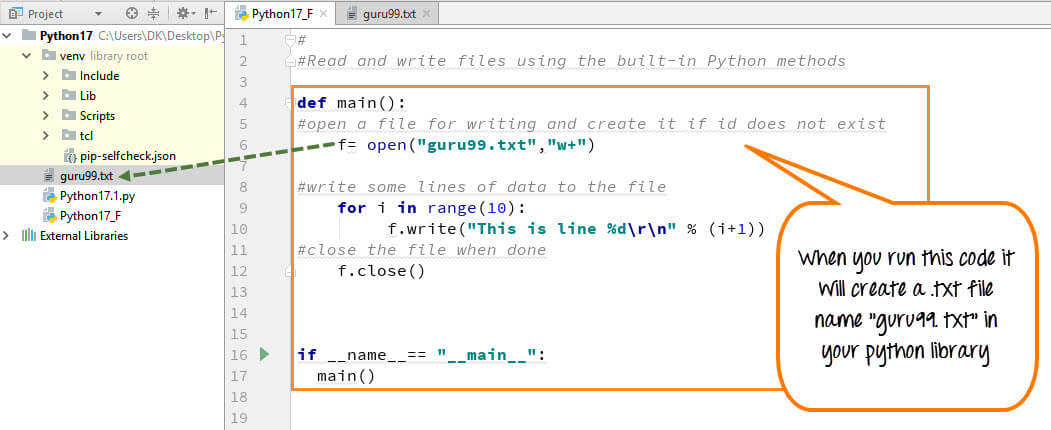Is Python OOP or functional
Is Python OOP or functional
I'm glad you're interested in the programming paradigm of Python! The debate about whether Python is an Object-Oriented Programming (OOP) language or a Functional Programming (FP) language has been ongoing for quite some time.
On one hand, Python does support many features that are typical of OOP languages. For instance, it has classes, inheritance, polymorphism, and encapsulation. You can define custom classes, create objects from those classes, and manipulate them using various methods. This is evident in the following example:
class Rectangle:
def init(self, width, height):
self.width = width
self.height = height
def area(self):
return self.width * self.height
rect = Rectangle(4, 5)
print(rect.area()) # Outputs: 20
In this example, we define a Rectangle class with attributes and methods. We then create an object from this class and call its method to calculate the area.
On the other hand, Python also supports many features that are typical of FP languages. For instance, it has lambda functions, map(), filter(), reduce(), and list comprehensions. You can define anonymous functions (lambda) and use them with higher-order functions like map() or filter(). This is evident in the following example:
numbers = [1, 2, 3, 4, 5]
squared_numbers = list(map(lambda x: x**2, numbers))
print(squared_numbers) # Outputs: [1, 4, 9, 16, 25]
In this example, we use the map() function with a lambda function to square each number in the list.
So, what does it mean to say that Python is OOP or FP? Well, the answer depends on how you choose to program. If you focus primarily on objects and classes, using inheritance, polymorphism, and encapsulation to organize your code, then you could say that Python is an OOP language. On the other hand, if you focus more on functions, lambda expressions, and higher-order functions like map() or filter(), then you might say that Python is a FP language.
In reality, Python is often used as both an OOP and an FP language. Many programmers find it useful to use objects to encapsulate data and behavior in certain parts of their programs, while also using functional programming techniques to process lists or perform operations on large datasets.
Ultimately, whether you consider Python an OOP language or a FP language probably doesn't matter as much as how effectively you use its features to write robust, efficient, and readable code.
Encapsulation and data hiding in Python
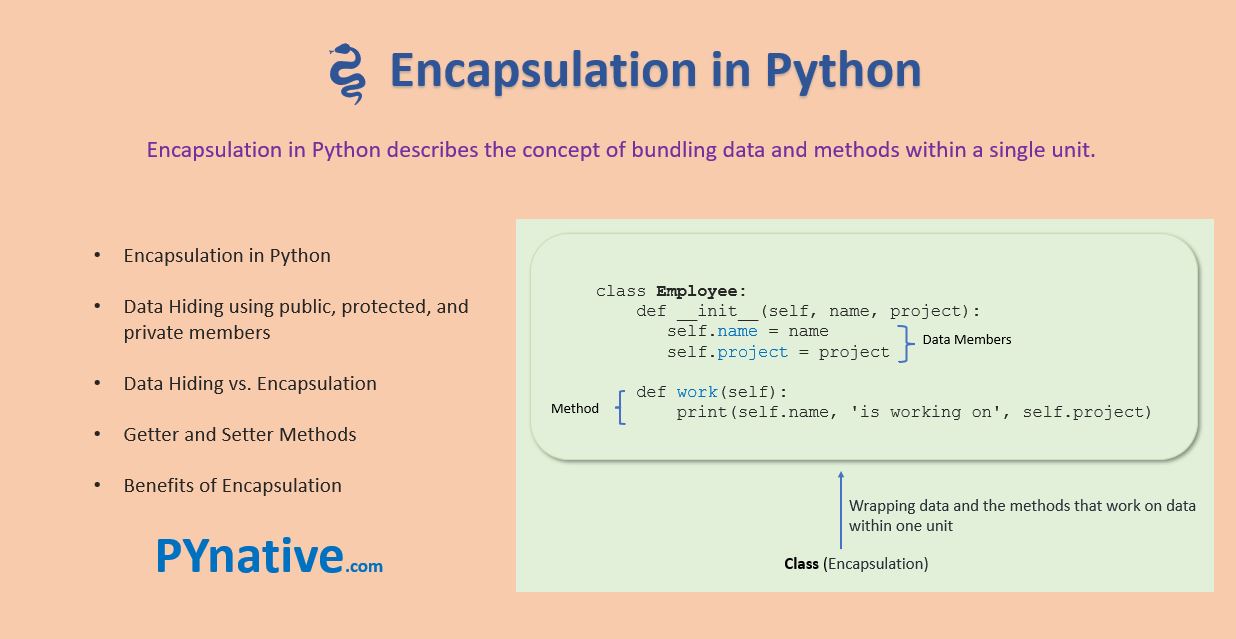
I'd be happy to explain encapsulation and data hiding in Python. Here's a detailed explanation:
Encapsulation is a fundamental concept in object-oriented programming (OOP), which involves wrapping data (attributes or variables) within an object, along with the methods that operate on that data. This approach helps to hide the internal implementation details of an object from the outside world and only expose the necessary information through publicly accessible interfaces.
In Python, you can achieve encapsulation by creating classes that contain attributes and methods. The class serves as a blueprint for objects, which are instances of the class. Here's a simple example:
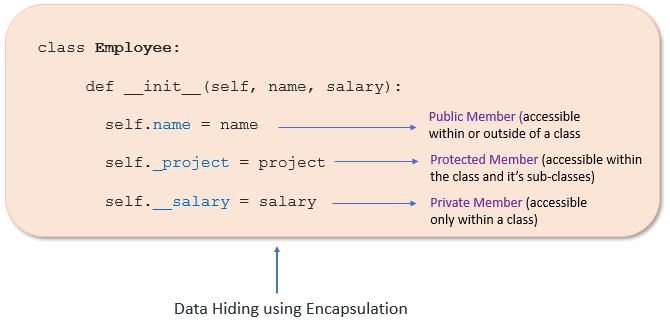
class BankAccount:
def init(self):
self.__balance = 0
def deposit(self, amount):
self.__balance += amount
def get_balance(self):
return self.__balance
In this example:
TheBankAccount class has an attribute called __balance, which represents the current balance. The deposit method allows you to add funds to the account, but it only modifies the internal state of the object (the __balance attribute). The get_balance method provides a way to retrieve the current balance without exposing the underlying implementation details.
By encapsulating the data within the class, you can:
Hide the internal implementation: The exact mechanism used to store and update the__balance attribute remains hidden from external users. Control access: You can restrict access to the data by only providing methods that operate on it (e.g., deposit and get_balance, but not direct access to the __balance attribute). Encapsulate behavior: By grouping related methods and data within a class, you can encapsulate complex behaviors and make your code more modular.
Data Hiding:
Data hiding is a specific aspect of encapsulation that involves controlling access to an object's internal data. In Python, you can achieve data hiding by using private variables (prefixed with double underscores) or by using the @property decorator to create read-only attributes.
Private Variables:
class BankAccount:
def init(self):
self.__balance = 0
@property
def balance(self):
return self.__balance
In this example:
TheBankAccount class has a private variable __balance, which is not accessible directly. The @property decorator allows you to create read-only attributes by accessing the private variable through a getter method.
Using data hiding, you can:
Prevent external modification: By making the internal data private, you ensure that it cannot be modified accidentally or maliciously. Control access: You can provide controlled access to the internal data through getter and setter methods (if needed). Improve code security: By encapsulating sensitive data and restricting access, you improve the overall security of your code.In conclusion, encapsulation and data hiding are essential concepts in Python programming that help you create robust, maintainable, and secure code by controlling access to internal data and behavior.
